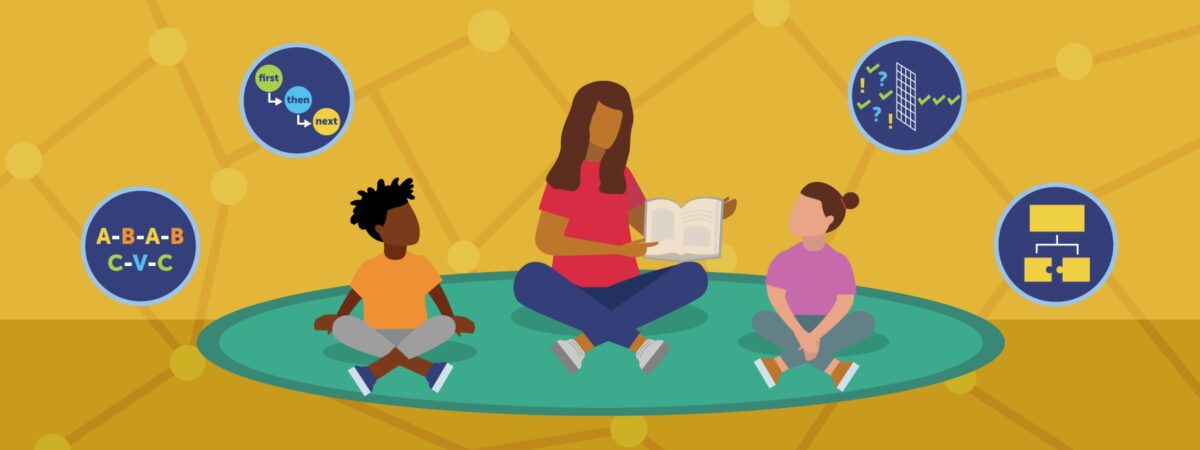
This reflects a broader challenge in integrating computer science education into core subject areas, suggesting a longstanding gap in resources bridging CT to less common integration areas such as English Language Arts (ELA). Educators often have demanding responsibilities while navigating competing priorities, leaving little space to consider the potential of computational thinking. This is especially true of elementary ELA and early literacy, where the stakes have grown considerably higher over the past few years related to the science of reading and ensuring youth have the necessary skills to effectively read and write. Our collaborative work with educators and principals across Harlem and the Bronx has shown that CT doesn’t have to burden literacy instruction, but rather can enhance it.
At Digital Promise, including educators in participatory design has been instrumental. Rather than delivering pre-packaged resources, we partnered with seven elementary ELA teachers to co-create resources integrating CT into their current practices. We deeply listened to persistent classroom challenges including students struggling to synthesize a passage or translate their thoughts to writing. Ultimately, we saw an opportunity to leverage CT to support underlying thinking skills within these challenges.
At Digital Promise, we define computational thinking as a problem-solving process grounded in key skills: decomposition, pattern recognition, abstraction, and algorithmic thinking. It’s not just about coding and it’s certainly not just for STEM.
However, we aim to avoid diluting CT down to generalized problem solving, losing its grounding in computing. We want to stay true to its applications in computer science while making it meaningful for all educators.
We ended up designing computational thinking routines, building off the concept of thinking routines from Project Zero at Harvard. These are repeatable, metacognitive moves that help students map and externalize their thinking. The goal is to also have a shared language that learners and educators can transfer across grade levels and content areas.
One example is a routine infusing CT skills we developed called B.O.A.T.:
For a fifth-grade writing task, this might guide students through developing and refining an opinion piece. By creating anchor charts, lesson plans and visuals tied to each routine, we made it easier for teachers to embed CT into their existing curriculums.
Integrating CT into core subject areas such as ELA is one method of increasing equity in computer science education, particularly for historically and systematically excluded learners. These routines were designed to be adaptable, illustrating how integration can enhance subject-area learning while also broadening access to develop crucial skills for an increasingly digital world.
We’re continuing to refine our resources based on educator feedback. If you’re a teacher or school leader interested in this work, we’d love to connect.
Find more resources here for integrating computational thinking: